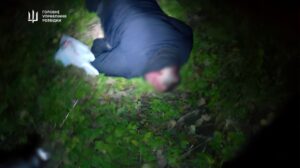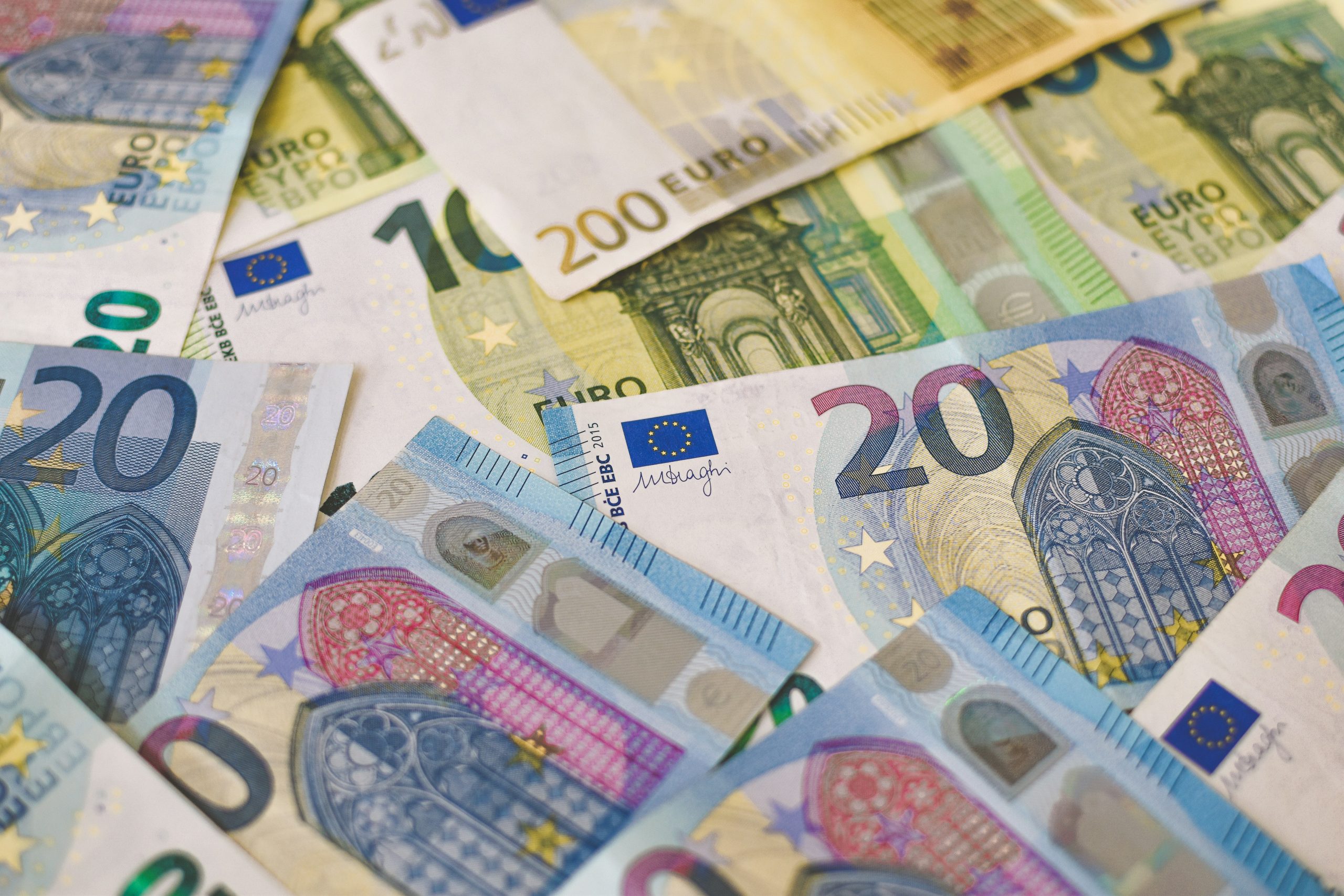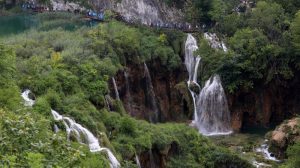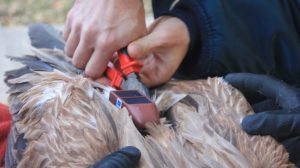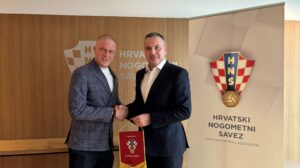
Extensive trail takes in Croatia’s national parks, Sarajevo and lakeside Macedonia – all to fully open in 2024
A cycle route of 3,364km, connecting Croatia with seven other countries in the Balkan region, is currently close to completion. To present this painstakingly planned, 80-stage itinerary, organisers have been holding a series of English-language online workshops. The last Q&A session for anyone interested – service providers, cyclists, tourism representatives – takes place on March 2 at 2.30pm CET. To join, use this Zoom link.
Set up by the pioneering Slovenian sustainable-tourism NGO GoodPlace, dedicated cartographers, responsible travel strategists, and co-developer and renowned Balkan travel writer Alex Crevar, the Trans Dinarica now awaits final road testing after years of research. Many sections are already open while the whole course, once personally re-assessed this summer by Alex, the GoodPlace team and a dozen local cycling enthusiasts along the way, is due to open in 2024.

“This is a route for travellers who like to cycle,” Alex tells Time Out Croatia. “It’s for people who want to discover parts of the Balkans that weren’t on their radar before, a combination of coast, forest and inland villages, broken up into 50km sections with a place to eat and stay at the end of each day’s ride.”
Having previously worked on the Balkan hiking network Via Dinarica, Alex is well aware of the pitfalls involved in such a project, but also of recent positive changes in the dynamic: “We no longer have to signpost everywhere as everyone can now load route GPS data on their phones. These are public roads, open to everyone, with no access permissions required. Today cycling is that rare form of travel that hits all the right notes, bringing together sustainability, affordability and community involvement”.
Two-wheel tourism has boomed in this post-Covid era, allowing longer-established networks such as EuroVelo, a vast tangle of 17 routes stretching over 90,000km from the Arctic to the Black Sea, to raise its international profile. Every year, an ever-growing number of travellers plans out a week of convivial pedalling, bookending each day with a simple but satisfying meal of local character, and wine of similar provenance. While the Trans Dinarica is not a EuroVelo route, their paths cross at certain points along the Adriatic coast, part of the EV8 Mediterranean trail.

For Alex, the key is not only what the Trans Dinarica can offer the adventurous cyclist, but also the local communities through which riders will pass. “Sustainability means guaranteeing its presence in the years to come,” says Alex. “These roads will always be there. If local tour operators and service providers can show initiative in terms of what they can offer along the way, that should ensure a feeling of involvement and ownership on their part.” While the Trans Dinarica website, its maps and its app, are free to use and download, businesses on and off the trail can take extra advantage of the platform by promoting their operation for a nominal annual fee, helping keep information sources and social media accounts fresh, up-to-date and rolling into the future.
Trans Dinarica developers GoodPlace were also behind the Slovenia Green Cycle Routes now integral to the country’s national tourism strategy. The estimated overall impact on the local economy of visitors cycling these itineraries over the last 18 months has amounted to almost €10 million. Alex again: “By knowing the specific number of cycle tourists, the 13,000 who have downloaded the Slovenia Green Routes, we can reckon pretty accurately that they average a week-long stay, spending around €100 a day on food, lodging and other services”. This obviously bodes well for potential income further down the road, once the Trans Dinarica is firmly established.
Initial outside funding has come from USAID, whose aims include promoting global health and supporting global stability wherever either may be needed. Underscoring the Trans Dinarica concept is the fact that six countries along the route – Bosnia-Herzegovina, Serbia, Montenegro, Kosovo, Albania and North Macedonia – are non-EU, ticking boxes in Washington by way of championing cross-border co-operation.

The trail starts in western Slovenia, at Kobarid near the Italian border, before crossing into Croatia just north of Rijeka. It then follows a corridor of national parks, intersecting with or passing close to six: Risnjak; Northern Velebit; Plitvice; Paklenica; Kornati, and Krka. Avoiding the busiest sections of the coastal highway, the route cuts inland at Split, then heads towards Bosnia. The long loop it takes around the western Balkans is deliberate, allowing riders to admire Sarajevo and cycle within easy distances of national capitals Podgorica, Skopje and Pristina. Other doable diversions, to Zagreb, say, or Ljubljana or Belgrade, will also be indicated on the map.
Some sections might be steep – “the Balkans are the Balkans,” as Alex puts it, with experienced hindsight – but stages will be laid out with the average fit 40 year old in mind, ideally using a popular hybrid machine of road and mountain bike. The only real obstacles, a Tintinesque series of border crossings, also become part of the adventure. “Cyclists are usually waved through to the front of the queue in any case,” says Alex.
“The way I envisage it,” he concludes, “folks might be keen on doing a certain section every year, one summer Bosnia and Montenegro, say, the next Kosovo and North Macedonia. Then again, we might get a few completists who want to do the whole route in one go”.
For more information, refer to the Trans Dinarica Facebook page. A website is currently under development. For the workshop presentation on March 2, use this Zoom link.
Source: timeout













